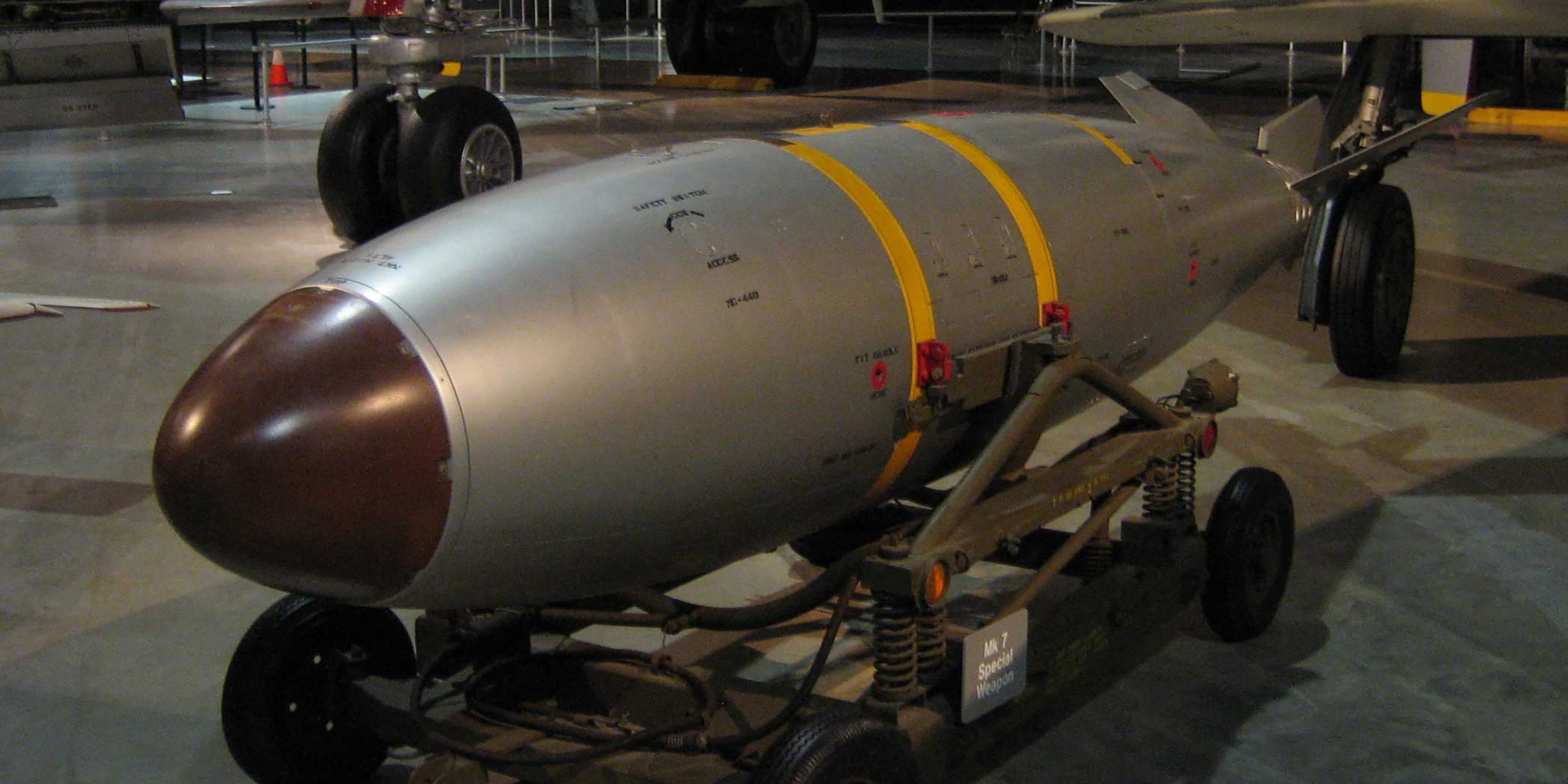Originally published 11 May 1992
Several weeks ago this column poked fun at anthropologist Sharon Traweek’s claim that the language of high energy physicists is riddled with sexual imagery.
High-energy physicists investigate the subatomic structure of matter with stupendously expensive accelerating machines and detectors. According to Traweek, even the acronyms used by this mostly male community to describe their laboratories and machines — SPEAR, SLAC, PEP, and LASS — have genuine sub-meanings, as does reference to the beam (the stream of accelerated particles) as “up” or “down” (on or off). The physicists imagine themselves as ravishers of nature, says Traweek, and the huge bubble chambers and spark chambers are the site of their coupling.
I called this reading of the language of high-energy physics farfetched, and suggested that it demeans the intellect and imagination that go into the physicist’s quest.
Well, maybe I was precipitous. I received this note from a colleague, a woman: “Language isn’t neutral. Not Traweek’s, not the high-energy physicist’s, not mine, and not yours. Face it, dear friend, science (like everything else) isn’t all ‘intellect and imagination.’ ”
Connotations of the locker room
Other colleagues, mostly female, in and out of science, chastised me for what they felt was a naive and glib dismissal of Traweek’s analysis. High-energy physics is a field that is overwhelming male. Is it hard to believe, they asked, that this men’s club is different from other men’s clubs, or that their talk might contain overtones of the locker room?
The point is well taken. As someone who makes his living with words — as a teacher and a writer — I shouldn’t need to be reminded of the power of language to both describe and to shape reality. As someone who teaches and writes about science, I am aware of the various forms of gender bias, subtle and overt, that exist within the scientific community.
Most persuasive of my critics’ arguments was an article passed on by a teacher of writing, published some years ago in the Bulletin of the Atomic Scientists by Carol Cohn, presently in the Department of Sociology and Anthropology at Swarthmore College. The article is titled “Slick ‘Ems, Glick ‘Ems, Christmas Tree, and Cookie Cutters: Nuclear Language and How We Learned to Pat the Bomb.”
In 1984 – 85 Cohn spent a year as a visiting scholar at one of the nation’s leading defense studies centers. She worked with the intellectuals, virtually all men, who devise nuclear strategy and shape nuclear policy. Her goal was “to gain a better understanding of how sane men of good will could think and act in ways that lead to what appear to be extremely irrational and immoral results.”
Cohn discovered that nuclear specialists speak a specialized “technostrategic” language that reflects and shapes nuclear policy. In particular, the language serves to sanitize the notion of nuclear war, making the unthinkable not only thinkable but even acceptable.
Thus do the experts talk about “clean bombs,” “Peacekeeper missiles,” and “damage-limitation weapons,” when in fact they are referring to the most awesomely destructive weapons ever devised. They speak of “countervalue attacks” when they mean obliterating cities, and of “collateral damage” when they mean human death.
During a visit to a nuclear submarine, Cohn was invited to stick her hand through a hole in a launch bay and “pat the missile.” Later she was offered the chance to pat a B‑1 bomber. “What is all this patting?” she asks. “Patting is an assertion of intimacy, sexual possession, affectionate dominance. The creatures one pats are small, cute, harmless — not terrifyingly destructive. Pat it, and it lethality disappears.”
Cohn offers a provocative description of the many ways the nuclear people use sexual and domestic language to make abstract the terrifying possibilities inherent in their work. When she tried to discuss nuclear strategies and consequences in ordinary English she was dismissed by her male mentors as ignorant and simpleminded. Soon terms like “escalation dominance,” “preemptive strikes,” and “sub-holocaust engagements” were tripping off her own tongue. As she learned to speak their language she found to her dismay that her fear of nuclear war was receding.
Traweek is on to something
Cohn persuasively argues that technostrategic language is an emphatically male discourse, sexy and fun to use, with strong currents of homoerotic excitement, heterosexual domination, and a drive toward competence and mastery. The essay should be required reading for all who are concerned about nuclear weaponry and nuclear war, including especially the experts who shape policy.
Says Cohn, “These people are on the whole nice, even good men, many with liberal inclinations.” Unfortunately, the language they have learned to speak has a way of determining what they think and how they think it.
And what of Traweek and the high-energy physicists? After reading Cohn I am more inclined to think she might be on to something. All men’s clubs would do well to examine their jargon for shades of the locker room, and be sensitive to the possibility that their specialized languages may have evolved to sanitize and justify what they do. This includes the various men’s clubs of science.
Science, like everything else, is not all intellect and imagination.



